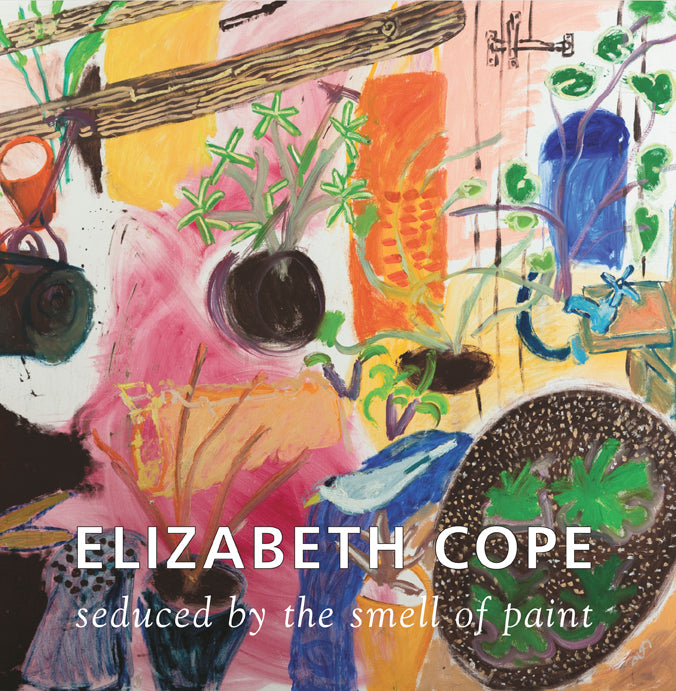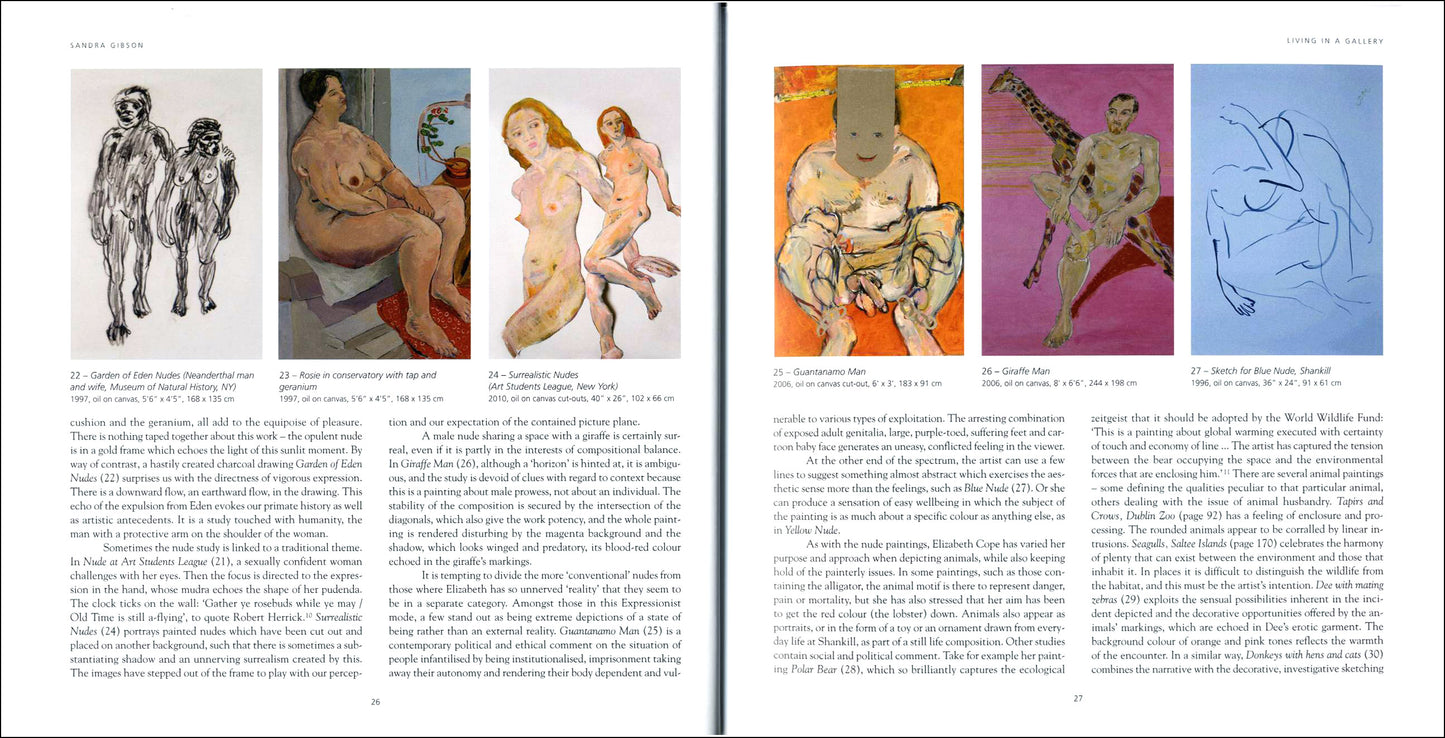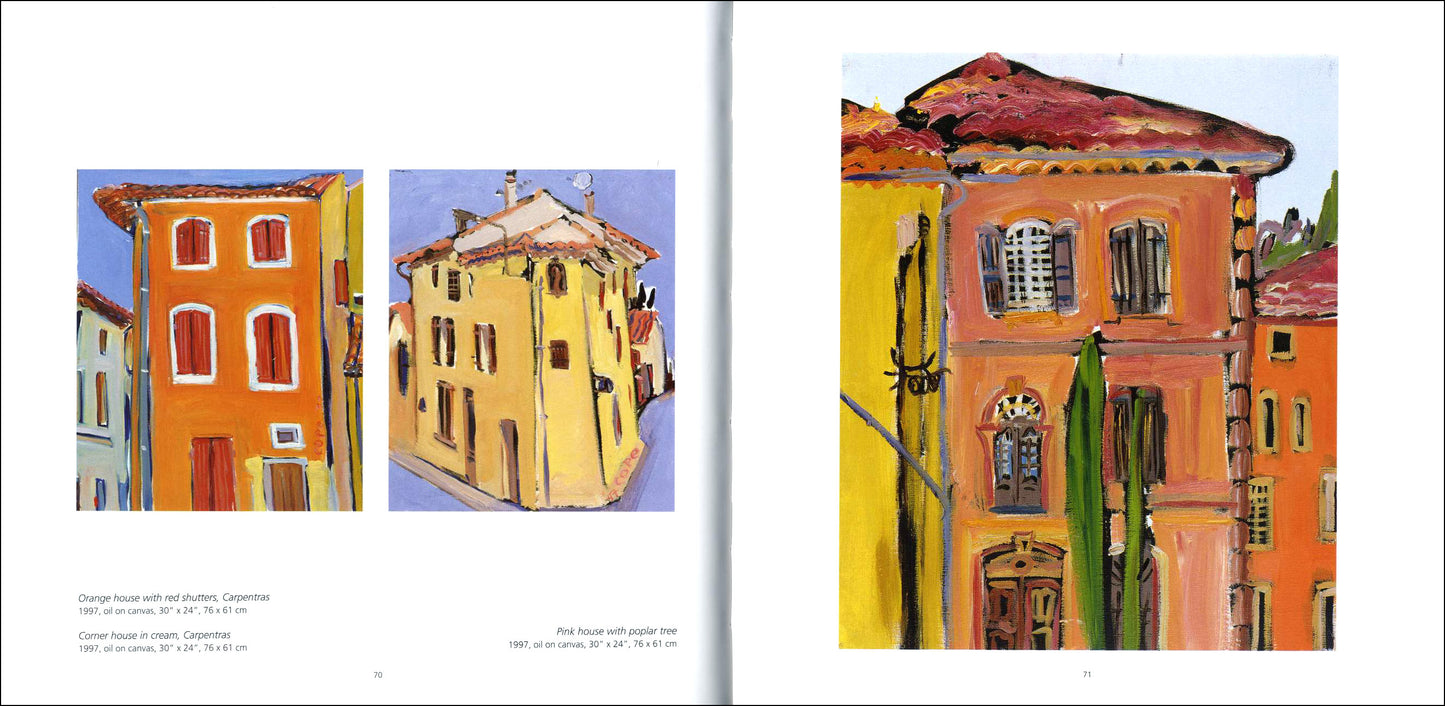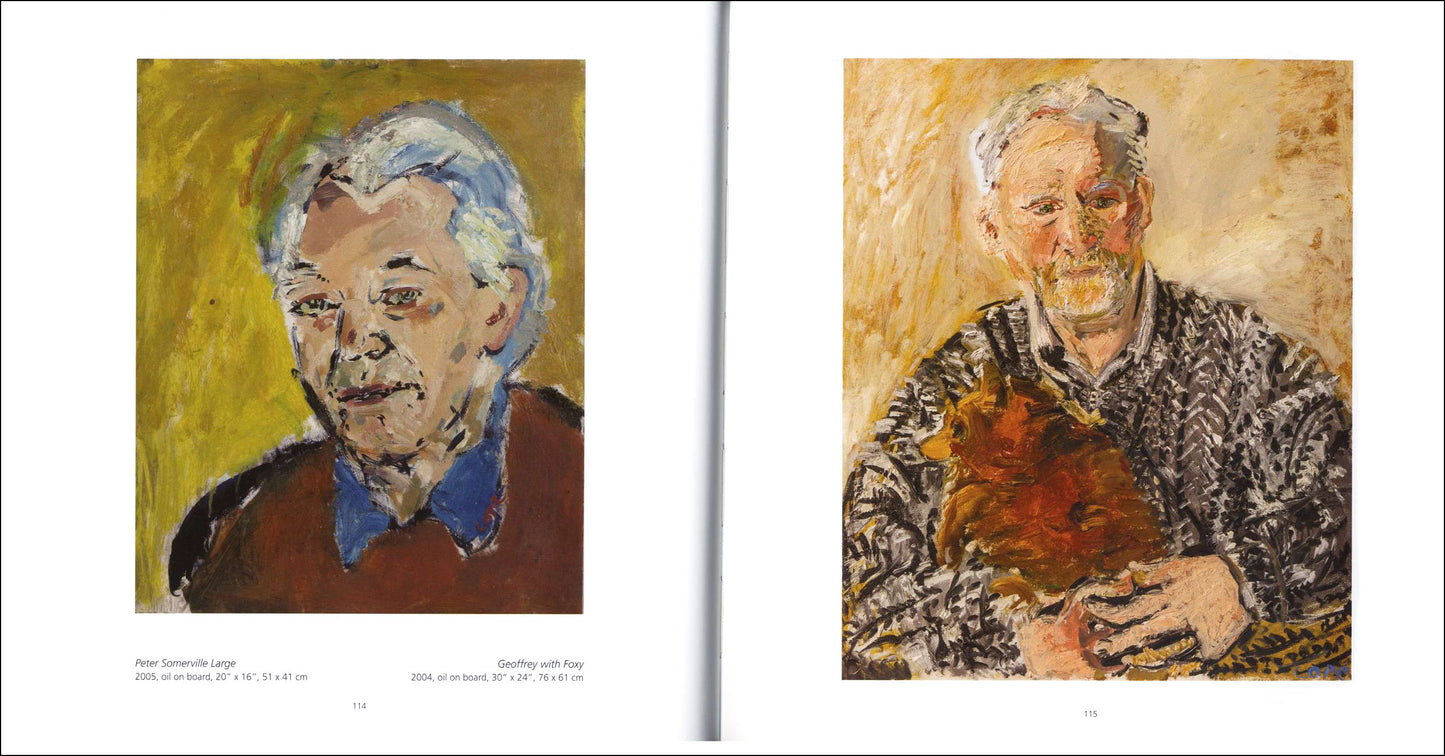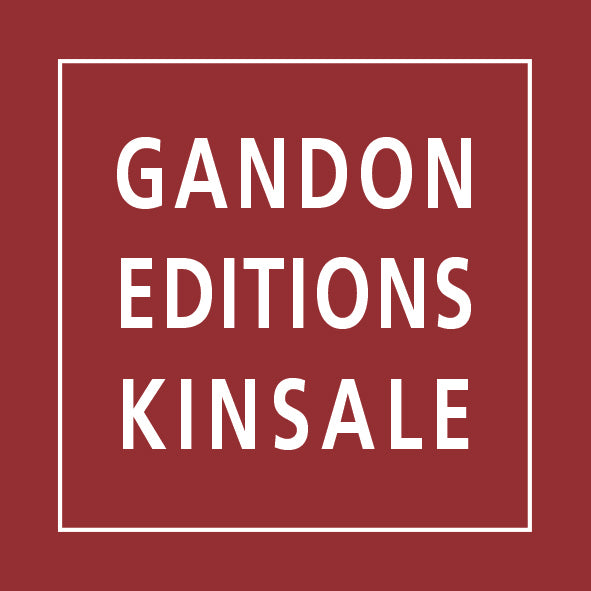Gandon
ELIZABETH COPE – Seduced by the Smell of Paint
ELIZABETH COPE – Seduced by the Smell of Paint
Couldn't load pickup availability
Share
intro by Hilary Hope Guise; interview by Niall MacMonagle; essay by Sandra Gibson; afterword by Clare Henry
ISBN 978 1910140 154 192 pages (hardback) 23x23cm 230 illus
Elizabeth Cope – Seduced by the Smell of Paint is a major monograph on the life and work of this highly regarded Irish painter, known for her brilliant use of colour. She was born in Co Kildare in 1952, studied art in Dublin and London, and lives and works in Co Kilkenny. Much of her work is domestic in nature, and she has found a loyal audience who are beguiled by her positive, bright and cheerful paintings. But there is a darker side to her work, some of which is disturbing, much of it laced with black humour, but always executed confidently in vibrant colours with a masterly feel for composition. According to Aidan Dunne, she is a ‘perceptive and gifted observer of everyday detail, and the detail turns out to be both more ordinary and stranger than we might imagine’. Elizabeth Cope is an impulsive, fast painter who likes to innovate and capture the immediacy of something caught on the wing.
This richly illustrated monograph features essays by Sandra Gibson and Hilary Hope Guise, together with an interview with the artist by Niall MacMonagle, accompanied by 230 illustrations of her work, which ranges from portraits and nudes to interiors, still lifes and landscape.
EXTRACTS
"The Romans said carpe diem (‘seize the day’) because they knew that time passes quickly and life is short and tomorrow becomes yesterday in the flash of a moment. This race against the erosion of time, the grasping of the moment however scattered and mundane, the need to capture the life around her, her people and her friends, has propelled Elizabeth Cope through forty years of intense artistic activity. Speeding from one canvas to the next, never stopping to clean her palette, or wash her brushes, never questioning her gut instincts or doubting the truth of her work, she flies across the canvas. Her brush strokes are sharp and strong and emphatic, decisiveness is in every stroke; her major cords are strongly coloured and her minor cords extremely rare. She uses long, strong, heavy strokes and dense, loaded brush-fulls of colour. She does not believe in tonal recession any more than Gauguin or van Gogh did. Her descriptive lines are flung down onto the canvas whether or not they agree with the facts. Indeed, they very rarely agree with the facts. What are facts if not the limitations of reality, which she firmly believes in rising above.
The life-enhancing quality of her huge output of work comes mainly from the exuberant confidence that is expressed in the work. Do I want to stand before a painter whose work whispers nothing but self-doubt? No, I want to bask in the certainties of a confident painter. Elizabeth’s paintings are nothing if not supremely self-confident. Her phenomenal energy has been discharged in hundreds of passionate and rapidly thrown-off paintings, all brimming with the colour and vitality that mark her own personality. Her paintings are as brightly lit as she is brightly lit; as witty, generous and colourful as she herself is. This, of course, is not the whole picture, and elements of tension, violence and even anger are healthily present too, along with some quite disturbing autobiographical images. Some, which she will calmly refer to as her ‘fanny, tit and bum’ paintings, are angry and expletive-laden – that is, if you could hear them."
— from the intro by Hilary Hope Guise
"Although some of Elizabeth’s work places her with Matisse and other ‘southern’ or Mediterranean painters, these experiential elements, together with her spontaneity and opposition towards working within any framework, actual or theoretical, place her with the Expressionists, with its sense of alienation, its chromatic intensity and use of figurative distortion. One can easily feel her exposure to James Ensor who had a great influence on Expressionism, but she is without his sense of horror; and Chaim Soutine the Lithuanian Jewish born French Expressionist painter, but again without the grim terror. And she departs from the German Expressionists for the same reason. Most close are the more playful Dutch Expressionists, notably Christiaan Karel Appel who was one of the founders of the Cobra Group with its reversion to primitivism and its use of children’s drawings as a point of departure. Also, another Cobra painter, the Danish Asger Jorn, is a clear favourite of hers. More recently, Marlene Dumas, the naturalised Dutch South African, comes to mind. Elizabeth won a residency to work in the studio of Edvard Munch in Norway, who is also a fellow-traveller in some, but not all respects. The Irish black humour is rather different and more accessible than the Nordic depressions of Munch ... Elizabeth’s ability to laugh at the human condition (and she has often said that art should make you laugh out loud) means that she can detach herself, and because of this she lacks the self-absorbed mood-misery found in some Expressionist work. Comedy raises even the bleakest observation, and the audacity of her gallows humour does indeed make you laugh out loud – and then catch your breath at the point where it borders on the cruelty of the satirical cartoon."
— from the essay by Sandra Gibson
|
CONTENTS Elizabeth Cope – Notes on her Painting intro by Hilary Hope Guise 6 |
